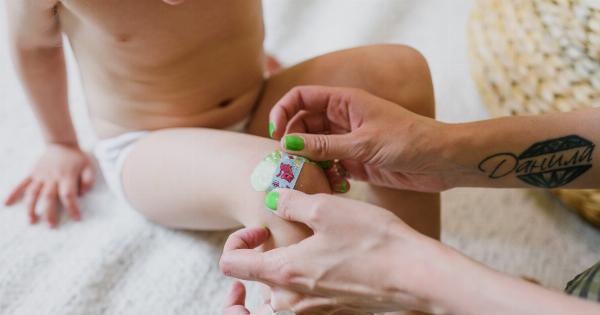Accidents happen, and sometimes they result in head bumps and bruises. Whether it’s a minor bump or a more severe injury, it’s essential to know how to administer first aid for head injuries.
Prompt and appropriate action can make a significant difference in the recovery process. Read on to learn about the appropriate first aid measures for head bumps and bruises.
1. Assess the Situation
Before providing any first aid, it’s crucial to assess the situation and determine the severity of the head bump or bruise. Take note of any other symptoms such as dizziness, nausea, or loss of consciousness.
If the person experiences severe symptoms or if there is prolonged bleeding, always seek immediate medical assistance.
2. Make the Patient Comfortable
Moving forward, your primary goal should be to make the patient as comfortable as possible. Help them sit or lie down, depending on their preference. Elevate their head slightly with a pillow or cushion to reduce swelling.
3. Clean the Wound
If there is an open wound or cut resulting from the head injury, it’s important to clean it to prevent infection. Gently rinse the wound under clean, running water.
Avoid using any harsh substances or scrubbing the wound vigorously, as this may further damage the surrounding tissues.
4. Apply Pressure
If the head bump or bruise is causing bleeding, apply gentle pressure to the affected area using a clean cloth or sterile gauze. Maintain the pressure until the bleeding stops.
If the bleeding is profuse or does not stop, seek immediate medical attention.
5. Use a Cold Compress
To reduce swelling and alleviate pain, apply a cold compress to the bump or bruise. You can use a bag of ice, a frozen gel pack, or even a bag of frozen vegetables wrapped in a thin cloth.
Apply the cold compress to the injured area for about 15-20 minutes at a time, and repeat every hour as needed.
6. Manage Pain
If the person is experiencing pain as a result of the head injury, over-the-counter pain medication such as acetaminophen or ibuprofen can help reduce discomfort.
Follow the recommended dosage and usage instructions provided on the packaging, and consult a healthcare professional if you have any concerns or questions.
7. Observe for Delayed Symptoms
After providing immediate first aid for a head bump or bruise, it’s essential to keep a close eye on the person for any delayed symptoms. Watch for signs of concussion, such as persistent headaches, confusion, vomiting, or changes in behavior.
If any concerning symptoms arise, seek medical attention immediately.
8. Rest and Monitor
Encourage the person with the head injury to rest as much as possible for the first 24 hours following the incident. Monitor them closely during this time to ensure their condition does not worsen.
Check for any changes in their level of consciousness, behavior, or vital signs.
9. Avoid Certain Activities
While recovering from a head injury, it’s crucial to avoid activities that may increase the risk of further damage. These activities include intense physical exertion, contact sports, or anything that puts the head at risk of impact.
Allow sufficient time for healing before gradually returning to normal activities.
10. Seek Medical Attention When Necessary
If the head injury is severe, the symptoms worsen, or there is no improvement within a reasonable period, seeking medical attention is vital.
A healthcare professional can evaluate the injury further and provide appropriate treatment or referrals to specialists if necessary.































